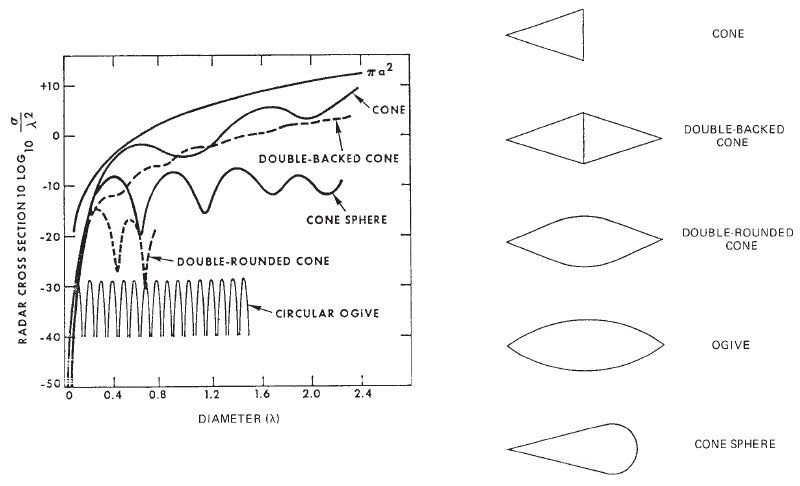j20blackdragon
SENIOR MEMBER

- Joined
- Sep 11, 2011
- Messages
- 2,224
- Reaction score
- 3
- Country
- Location
Let me just clear up this whole issue about canards.
People need to understand that the entire airframe reflects radar. That means the main wings of every aircraft will reflect radar. The F-22's all-moving stabilators will reflect radar. And the J-20's canards will reflect radar.
So the question here is NOT whether canards are stealthy or unstealthy. The correct question to ask is whether the canards are planform aligned.
This is how planform alignment works:


Notice in the above diagrams that the F-22's stabilator (horizontal stabilizer) is clearly shown to be reflecting radar energy. But because the leading and trailing edges are swept at an angle, the radar energy is reflected at an angle and away from the enemy radar receiver assumed to be in front of the aircraft.
These same principles apply to the J-20's canards.
As for gambit, that guy is either ignorant or trolling. Most of the stuff he says is either incoherent or just plain misinformation. My suggestion is to ignore him.
People need to understand that the entire airframe reflects radar. That means the main wings of every aircraft will reflect radar. The F-22's all-moving stabilators will reflect radar. And the J-20's canards will reflect radar.
So the question here is NOT whether canards are stealthy or unstealthy. The correct question to ask is whether the canards are planform aligned.
This is how planform alignment works:


Notice in the above diagrams that the F-22's stabilator (horizontal stabilizer) is clearly shown to be reflecting radar energy. But because the leading and trailing edges are swept at an angle, the radar energy is reflected at an angle and away from the enemy radar receiver assumed to be in front of the aircraft.
These same principles apply to the J-20's canards.
As for gambit, that guy is either ignorant or trolling. Most of the stuff he says is either incoherent or just plain misinformation. My suggestion is to ignore him.







